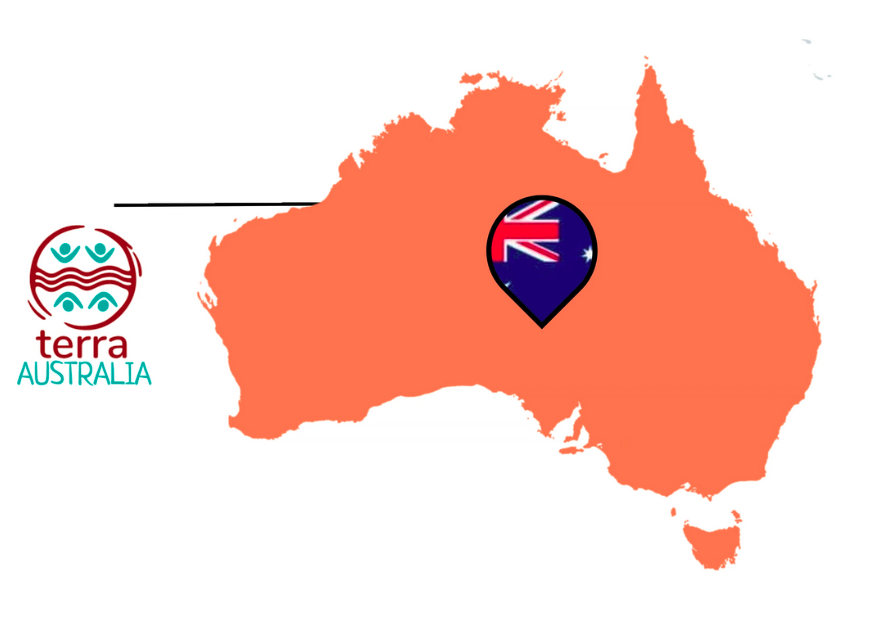Whoa.
My name is Sacha, I'm an Ecuadorian cosmographer and hydrogeologist.
I'm 42 and live in Quito, the world's highest capital. My mother is from the Andes and my father from the Amazon.
I live at the heart of the biodiversity of a small country coiled on the equatorial line, straddling the two hemispheres, bordered by the deep Amazon, the majestic avenue of volcanoes on the ridges of the Andes.
I've always dreamed of going on a long journey to meet the last guardians of Nature, and to meet ourselves.
This is the odyssey I propose you undertake with me today.
I invite you to experience together a progressive transformation to understand Sumak Kawsay, this angular concept here of “living well together in harmony with Nature”, as well as to understand the socio-economic-ecological stakes involved.
Here, as everywhere in the world, because we're all linked.
Join my itinerant quest, from Quito, through the Andes, the Choco Andino and on into the Amazon rainforest. Let's set off together to meet my family and friends in the four corners of Ecuador.
I'll introduce you to a collection of emblematic, fascinating and committed characters, around engaging windows on crucial realities of our world.
It's a great journey, far off the beaten track and out of time, a true Ode to Nature to understand why and how it is threatened today... even here. Water, forests, ancestral traditions, indigenous medicines and natural pharmacopoeia, decarbonation, fossil and renewable energies,
Knowledge and culture, sharing and transmission, defense and territories,
The challenges are colossal, but solutions exist and are emerging.
-(1)-B8t2n.jpg)













